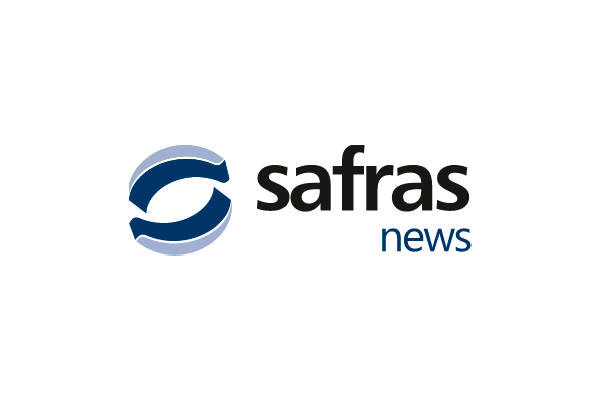Porto Alegre, July 24th, 2024 – SAFRAS & Mercado releases its first figures for the availability of Brazilian pork in 2025. The first point to be highlighted is the current market situation and how 2024 is expected to close. Prices throughout the chain have been improving amid a more adjusted supply situation and contained costs, favoring margins. For the second half of this year, market agents are waiting for supported prices, also considering domestic consumption, which is favored by the level of employment and income that has been improving in the country due to the winter and subsequently the end-of-year holiday period, when the population is more capitalized due to salary bonuses.
On the external side, there are very positive variables present in the market, such as the appreciation of the dollar against the real, which favors the level of attractiveness of Brazilian pork on the international market. Another point is that Brazil must continue to gain the space left by the European Union in the international market, which suffers from a short herd and high costs, which impacts production prices. There is also news on African swine fever in Asia, as is the case in Vietnam, which implies difficulties in recovering production and the need for purchases. China still suffers from high supply at the moment, and this happens amid a difficult environment for demand due to the slowdown in its economy, a situation that reduces the need for imports. The positive point is that Brazil has managed to diversify sales, compensating for this Chinese retraction. By mid-2025, China may even expand purchases on the international market, considering that domestic supply will be more adjusted due to this year’s herd decline, which reaches around 6%, according to the latest projection from the US Department of Agriculture. However, the decisive variable is whether the Chinese will be more likely to consume due to the economic scenario in 2025.
The Philippines should continue to purchase good volumes of Brazilian pork, which brings some optimism to the market. Brazil will keep trying to boost sales in Asian countries in 2025, as in Japan, competing with the USA in expanding market share. According to SAFRAS’ projection, Brazil should export 1.298 mln tons in 2025, up 5.1% from the 1.235 mln tons expected for this year.
Given the positive outlook for both exports and margins, it is natural that independent pig farmers, integrators, and large vertical industries seek to increase production in Brazil, which will strengthen slaughter and production in 2025. The cost of nutrition tends to continue at good levels, as crops advance. Of course, important variables, such as the weather, must be monitored, which may alter the expected dynamics.
SAFRAS projects Brazil’s production in 2025 at 5.449 mln tons, up 1.9% from the 5.347 mln tons estimated for this year. Given the export and production numbers, we arrive at the number of Brazilian domestic availability, since the country’s pork imports are negligible. For 2025, domestic availability is estimated at 4.151 mln tons, 1.0% higher than the 4.111 mln tons projected for 2024. The advance is moderate, however, it requires an increase in domestic consumption for the market to evolve in a balanced manner. The first four months of 2025 should be the most difficult period, considering seasonal effects, such as rising household expenses and higher temperatures. However, the cost of nutrition tends to evolve without major shocks, which can eliminate stress in the market.
Some factors may influence the dynamics of consumption in 2025, besides the seasonal effects of the first four months, already mentioned, including the evolution of the country’s inflation, the level of economic activity in the country, and the prices of competing animal proteins (beef and chicken). As is well known, pork occupies the third place in the preference of Brazilian families, therefore, its price level and attractiveness against competitors have a great influence on attracting demand at the final end. Chicken meat will continue to be widely available on the national market and at very attractive prices. The point that could help pork is the possible retraction of beef production in the country in 2025, with the beginning of a cycle reversal, which could result in firmer prices compared to this year, so it is possible that a portion of the population, those with lower income, switch to more affordable options, helping the demand for both pork and chicken.
Regarding inflation and the Brazilian economy, there are growing concerns. Faced with the adverse fiscal scenario, the government has tried to raise revenue, which tends to increase the tax burden, which in the future will mean less purchasing power by the population. Another effect of uncertainty about the conduct of the economy is the appreciation of the dollar against the real, which leads to the perception of inflation and high future interest rates, which is bad for domestic demand. On the other hand, a stronger dollar is favorable for exports.
Copyright 2024 – Grupo CMA

